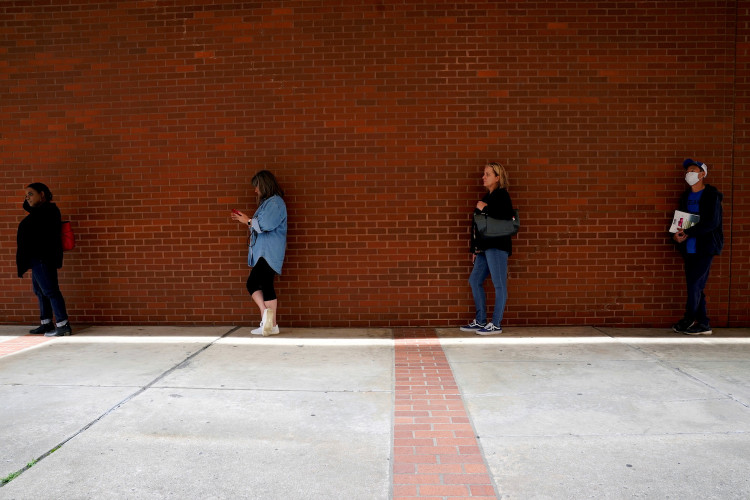The U.S. labor market continued to show signs of cooling in August, as job growth fell short of expectations, setting the stage for potential interest rate cuts by the Federal Reserve later this month. According to the Bureau of Labor Statistics (BLS), nonfarm payrolls expanded by 142,000 jobs, missing the 161,000 forecasted by economists and reflecting a slowdown in the hiring momentum that had previously characterized much of the year. Despite the weaker job growth, the unemployment rate ticked down slightly to 4.2%, from 4.3% in July, aligning with expectations.
The labor force participation rate remained steady at 62.7%, indicating that while fewer jobs were added, those already in the workforce largely stayed engaged. However, the composition of employment saw a significant shift, with part-time jobs increasing by 527,000 while full-time positions decreased by 438,000. This shift points to a labor market that is still expanding, albeit in a more precarious and less stable manner.
Despite the modest gains in employment, the data also revealed some concerning trends. The BLS revised job gains for the previous two months downward, cutting July's total by 25,000 jobs and June's by a significant 61,000. These revisions underscore the challenges facing the labor market as it navigates a landscape of economic uncertainty, driven in part by concerns over the U.S. and global economies.
"This isn't a disaster, but it's definitely below expectations, and the downward revisions are particularly concerning," said Dan North, senior economist for North America at Allianz Trade. "It suggests that the labor market is losing momentum, and that's not a good sign."
Sector-specific data from the report highlighted the mixed nature of the job market. The construction industry led the way with 34,000 new jobs, followed by healthcare, which added 31,000 positions, and social assistance, which saw growth of 13,000. However, the manufacturing sector took a hit, losing 24,000 jobs in August, further highlighting the uneven recovery across different industries.
Wages also showed signs of strain, with average hourly earnings rising by 0.4% for the month and 3.8% year-over-year, slightly above expectations. This uptick in wages, while positive on the surface, raises questions about underlying inflationary pressures, complicating the Federal Reserve's decision-making process.
Market reactions to the report were muted, with stock futures holding negative and Treasury yields edging lower. Investors and analysts are now closely watching the Federal Reserve's next move, with the central bank set to meet on September 17-18. Prior to the jobs report, markets had largely priced in a rate cut, with speculation now tilting towards a more aggressive half-percentage point reduction.
"For the Fed, the decision now hinges on whether to prioritize controlling inflation or mitigating the risk of a recession," said Seema Shah, chief global strategist at Principal Asset Management. "Given that inflation pressures appear subdued, there's a strong case for frontloading rate cuts."
The broader economic context supports this view, with recent data indicating a continued slowdown in the labor market. ADP's National Employment Report, released earlier in the week, showed that private payrolls grew by just 99,000 jobs in August, well below expectations and marking the fifth consecutive month of slowing job growth. Additionally, the latest data on job openings revealed the lowest level since January 2021, further underscoring the cooling trend in the labor market.
The Federal Reserve's deliberations come at a critical juncture, as Chair Jerome Powell recently acknowledged the unmistakable signs of a cooling labor market during his speech at the Fed's annual Jackson Hole symposium. Powell emphasized that the central bank does not seek further cooling but rather aims to maintain a balance between fostering economic growth and controlling inflation.
New York Fed President John Williams echoed this sentiment in a speech on Friday, signaling that the time might be right to reduce interest rates. "With the economy now in balance and inflation on a path to 2%, it is appropriate to dial down the degree of restrictiveness in policy," Williams said.






